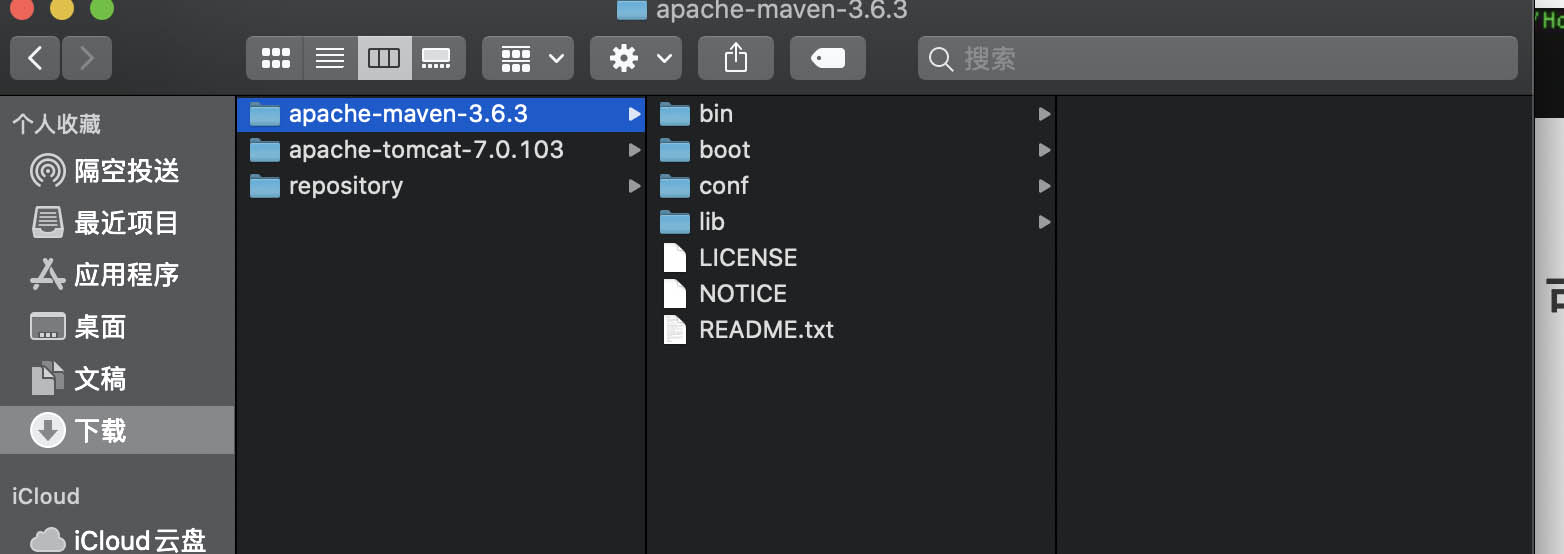Non-intuitive object eviction from garbage collection(垃圾收集中的非直观对象驱逐)
问题描述
I'm debugging a memory leak and had to dive into CompletableFuture internals. There is this piece of code (CompletableFuture.uniComposeStage):
CompletableFuture<V> g = f.apply(t).toCompletableFuture();
...
CompletableFuture<V> d = new CompletableFuture<V>();
UniRelay<V> copy = new UniRelay<V>(d, g);
g.push(copy);
copy.tryFire(SYNC);
return d;
The code itself is quite clear to me: apply a function that returns CompletionStage (g), create a relay that eventually will transfer value to another CompletableFuture (d), then return this another future (d). I see following reference situation:
copyreferences bothdandg(and there is no magic in constructor, only field assignments)greferencescopydreferences nothing
Only d is returned, so, in fact, both g and copy seem as internal method variables to me, that (on first sight) should never leave the method and be eventually gc'd. Both naive testing and the fact that it was written long ago by proven developers suggests me that i'm wrong and missing something. What is the reason that make those objects being omitted from garbage collection?
In the cited code, there is nothing preventing garbage collection of these futures and there is no need to. This code in question applies to the scenario that the first CompletableFuture (the this instance) has been completed and the CompletableFuture returned by the directly evaluated compose function has not completed yet.
Now, there are two possible scenarios
There is an ongoing completion attempt. Then, the code which will eventually complete the future will hold a reference to it and when completing, it will trigger the completion of the dependent stages (registered via
g.push(copy)). In this scenario, there is no need for the dependent stage to hold a reference to its prerequisite stage.This is a general pattern. If there is a chain
x --will complete-→ y, there will be no reference fromytox.There is no other reference to that
CompletableFutureinstancegandghas not been completed yet. In this case, it will never be completed at all and holding a reference toginternally wouldn’t change that. That would only waste resources.
The following example program will illustrate this:
public static void main(String[] args) throws Throwable {
ReferenceQueue<Object> discovered = new ReferenceQueue<>();
Set<WeakReference<?>> holder = new HashSet<>();
CompletableFuture<Object> initial = CompletableFuture.completedFuture("somevalue");
CompletableFuture<Object> finalStage = initial.thenCompose(value -> {
CompletableFuture<Object> lost = new CompletableFuture<>();
holder.add(new WeakReference<>(lost, discovered));
return lost;
});
waitFor(finalStage, holder, discovered);
finalStage = initial.thenCompose(value -> {
CompletableFuture<Object> saved = CompletableFuture.supplyAsync(()-> {
LockSupport.parkNanos(TimeUnit.SECONDS.toNanos(1));
return "newvalue";
});
holder.add(new WeakReference<>(saved, discovered));
return saved;
});
waitFor(finalStage, holder, discovered);
}
private static void waitFor(CompletableFuture<Object> f, Set<WeakReference<?>> holder,
ReferenceQueue<Object> discovered) throws InterruptedException {
while(!f.isDone() && !holder.isEmpty()) {
System.gc();
Reference<?> removed = discovered.remove(100);
if(removed != null) {
holder.remove(removed);
System.out.println("future has been garbage collected");
}
}
if(f.isDone()) {
System.out.println("stage completed with "+f.join());
holder.clear();
}
}
The first function passed to thenCompose creates and returns a new uncompleted CompletableFuture without any attempt to complete it, not holding nor storing any other reference to it. In contrast, the second function creates the CompletableFuture via supplyAsync providing a Supplier which will return a value after a second.
On my system, it consistently printed
future has been garbage collected
stage completed with newvalue
showing that the abandoned future will not be prevented from garbage collection while the other will be held at least until completion.
这篇关于垃圾收集中的非直观对象驱逐的文章就介绍到这了,希望我们推荐的答案对大家有所帮助,也希望大家多多支持编程学习网!
本文标题为:垃圾收集中的非直观对象驱逐


基础教程推荐
- 验证是否调用了所有 getter 方法 2022-01-01
- 从 python 访问 JVM 2022-01-01
- 不推荐使用 Api 注释的描述 2022-01-01
- 多个组件的复杂布局 2022-01-01
- 大摇大摆的枚举 2022-01-01
- 在 Java 中创建日期的正确方法是什么? 2022-01-01
- 如何在 JFrame 中覆盖 windowsClosing 事件 2022-01-01
- Java 实例变量在两个语句中声明和初始化 2022-01-01
- Java Swing计时器未清除 2022-01-01
- 如何在 Spring @Value 注解中正确指定默认值? 2022-01-01

















